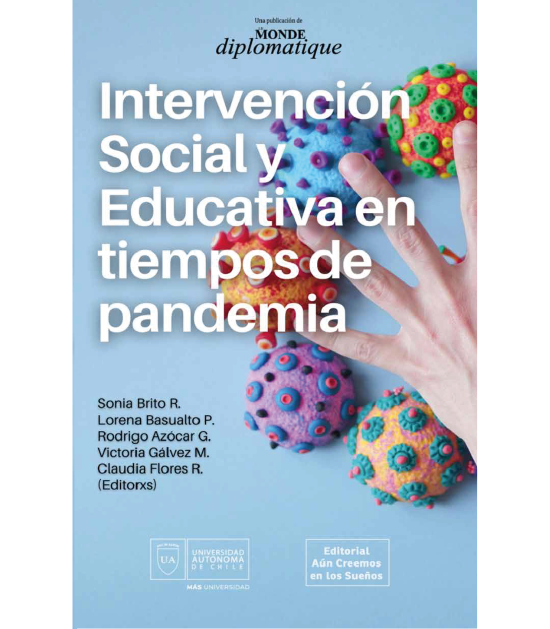Mostrar el registro sencillo del ítem
Metabolite Fruit Profile Is Altered in Response to Source–Sink Imbalance and Can Be Used as an Early Predictor of Fruit Quality in Nectarine
| dc.contributor.author | Covarrubias, María Paz | |
| dc.contributor.author | Lillo-Carmona, Victoria | |
| dc.contributor.author | Melet, Lorena | |
| dc.contributor.author | Benedetto, Gianfranco | |
| dc.contributor.author | Andrade, Diego | |
| dc.contributor.author | Maucourt, Mickaël | |
| dc.contributor.author | Deborde, Catherine | |
| dc.contributor.author | Fuentealba, Claudia | |
| dc.contributor.author | Moing, Annick | |
| dc.contributor.author | Valenzuela, María Luisa | |
| dc.contributor.author | Pedreschi, Romina | |
| dc.contributor.author | Almeida, Andréa Miyasaka | |
| dc.date.accessioned | 2021-02-24T15:30:33Z | |
| dc.date.available | 2021-02-24T15:30:33Z | |
| dc.date.issued | 2021-01-08 | |
| dc.identifier | 10.3389/fpls.2020.604133 | |
| dc.identifier.issn | 1664462X | |
| dc.identifier.uri | https://hdl.handle.net/20.500.12728/8625 | |
| dc.description.abstract | Peaches and nectarines [Prunus persica (L.) Batsch] are among the most exported fresh fruit from Chile to the Northern Hemisphere. Fruit acceptance by final consumers is defined by quality parameters such as the size, weight, taste, aroma, color, and juiciness of the fruit. In peaches and nectarines, the balance between soluble sugars present in the mesocarp and the predominant organic acids determines the taste. Biomass production and metabolite accumulation by fruits occur during the different developmental stages and depend on photosynthesis and carbon export by source leaves. Carbon supply to fruit can be potentiated through the field practice of thinning (removal of flowers and young fruit), leading to a change in the source–sink balance favoring fruit development. Thinning leads to fruit with increased size, but it is not known how this practice could influence fruit quality in terms of individual metabolite composition. In this work, we analyzed soluble metabolite profiles of nectarine fruit cv “Magique” at different developmental stages and from trees subjected to different thinning treatments. Mesocarp metabolites were analyzed throughout fruit development until harvest during two consecutive harvest seasons. Major polar compounds such as soluble sugars, amino acids, organic acids, and some secondary metabolites were measured by quantitative 1H-NMR profiling in the first season and GC-MS profiling in the second season. In addition, harvest and ripening quality parameters such as fruit weight, firmness, and acidity were determined. Our results indicated that thinning (i.e., source–sink imbalance) mainly affects fruit metabolic composition at early developmental stages. Metabolomic data revealed that sugar, organic acid, and phenylpropanoid pathway intermediates at early stages of development can be used to segregate fruits impacted by the change in source–sink balance. In conclusion, we suggest that the metabolite profile at early stages of development could be a metabolic predictor of final fruit quality in nectarines. | es_ES |
| dc.language.iso | en | es_ES |
| dc.publisher | Frontiers Media S.A. | es_ES |
| dc.subject | organic acids | es_ES |
| dc.subject | phenylpropanoid | es_ES |
| dc.subject | Prunus pérsica | es_ES |
| dc.subject | Sugars | es_ES |
| dc.subject | thinning | es_ES |
| dc.title | Metabolite Fruit Profile Is Altered in Response to Source–Sink Imbalance and Can Be Used as an Early Predictor of Fruit Quality in Nectarine | es_ES |
| dc.type | Article | es_ES |


